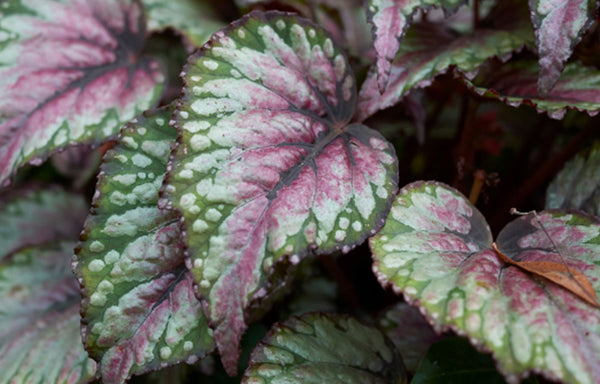Knowing which plants grow in the shade can help you to plan out your garden, or choose the right addition to a dark indoor corner. While many plants thrive on light, there is still plenty that can be planted in spaces that don’t get much sunlight.
Don’t lament about your dark, shady space, get to work filling it with plants instead! From brightly-coloured shade lovers to more understated plants, there are plenty of options to choose from.
Birds Nest Fern
The Birds Nest Fern is a luscious Australian-native that enjoys shady positions. They work great planted under large shady trees and canopies, and suit tropical-themed gardens. With large wavy leaves that grow outwards from the centre, the Birds Nest Fern is an intriguing plant that can grow up to 1.5 metres high. These plants can be grown directly in the ground or placed in a pot as a beautiful garden focal point. Birds Nest Ferns are also non-toxic to cats and dogs.
Viola Hederacea
Another Australia native, this plant is a shade-loving ground cover. With dainty purple and white flowers that grow sporadically upright on stems, this plant is sometimes also referred to as the Australian Native Violet. The Viola Hederacea is perfect for those looking for a ground cover under a large, shady tree, and it can even be used as a replacement to lawns (provided it doesn’t receive too much foot traffic). Some parts of this plant may be toxic to pets.
Rex Begonia
Looking for a strong statement plant for your shady indoor or outdoor space? Take a look at the vibrant Rex Begonia! These plants can be grown in a range of different spots, including those in the shade. Many different varieties of this plant are available, with pointed leaves that range in colour from grey to green to striking reds and purples. These plants look great on a table, or positioned in a row along a shady space. Sadly, Rex Begonias are toxic for pets if ingested.

Hydrangeas
Hydrangea flowers come in a range of different colours from subtle pastel blues through to bright pinks, and a multitude of colours in-between. In fact, Hydrangea flowers change colour depending on the soil they are planted in. These plants are wonderful for planting in shady locations when you want a mid-sized, densely-growing addition. They make for great, colourful hedges, but can also be grown in pots for a movable bloom of colour. Hydrangeas are toxic to pets, however, most claim that a lot of the plant must be ingested for a pet to become ill.

Philodendron Xanadu
Philodendron Xanadu plants are popular in gardens across Australia, and can often even be found in public parks, restaurants, and roadsides. They can be grown in many different positions, from full sun through to partial shade. Philodendron Xanadu have sinuated, dark green leaves and grow up to 8cm tall. These are hardy plants, and once established, require infrequent watering. Philodendron Xanadu plants are toxic and should not be ingested by people or pets.
For the ideal pots to showcase your low-light plants, discover our stunning designer garden pots in Melbourne collection, designed to complement your indoor greenery with style and sophistication.